Granular Activated Carbon SCL0830
Contact
In stock
Share:




Information about SCL0830 Granular Activated Carbon
SCL0830 granular activated carbon has many applications in water filtration, odor removal, and air purification. This carbon has a porous structure with a large surface area, allowing it to effectively absorb various pollutants.
Characteristics of granular activated carbon
- Excellent adsorption capacity: SCL0830 activated carbon has excellent adsorption capacity for various types of substances. Its structure enables it to perform multiple functions such as adsorbing organic compounds, toxic gases, or residues.
- High durability: Activated carbon has high durability and is not easily worn down when exposed to other substances. This is particularly evident in its use for water filtration or waste treatment.
- High efficiency: SCL0830 granular activated carbon provides high efficiency, especially when used in industrial water filtration systems. It not only helps remove residues and other pollutants but also retains beneficial minerals.
- SCL0830 granular activated carbon has small particle size, high adsorption capacity, and long lifespan. It is a popular choice for air and water filtration applications due to its strong pollutant removal capabilities.
Advantages of granular activated carbon
SCL0830 also has high durability, allowing it to withstand harsh conditions without damage. Additionally, it can absorb various pollutants, improving air and water quality.
- Efficient reusability: After absorbing pollutants, it can be regenerated for continued use, saving costs and protecting the environment.
- Another notable point is its ability to absorb various types of pollutants, from organic substances like oils to inorganic substances like heavy metals. This allows it to be used in a wide range of applications, increasing the product's flexibility and convenience.
- Lastly, its small particle size enables it to be used in compact filtration systems, expanding its range of applications.
SCL0830 granular activated carbon, with its excellent adsorption capacity, high durability, and reliable performance, has become the top choice for many industries. Whenever you need an effective filtration solution, consider using activated carbon.
Technical specifications
| Product Name | Granular Activated Carbon |
| Origin | Vietnam |
| Manufacturer | Vican |
| Particle Size | 1.68-3.36 mm (mesh size 6-12); 2.36-4.76 mm (mesh size 4-8) |
| Density | 520-550 kg/m3 |
| Shape | Black, dry, granular shape with angular edges |
Applications
-
Water treatment:
- Domestic water filtration: Remove residual chlorine, pesticides, herbicides, heavy metals, organic compounds, and other impurities, providing clean and safe water for health.
- Industrial wastewater treatment: Remove color, odor, and hard-to-decompose organic pollutants in wastewater from industries such as textiles, chemicals, food, paper, etc.
- Domestic wastewater treatment: Absorb organic substances, ammonia, nitrates, phosphates, and odor-causing substances in domestic wastewater, contributing to environmental protection.
- Water softening: Reduce water hardness by absorbing calcium and magnesium ions.
-
Air treatment:
- Odor removal: Absorb odorous gases, toxic gases like benzene, toluene, xylene, formaldehyde, etc., in the air.
- Air pollution control: Used in industrial air pollution control systems to remove pollutants and toxic gases before releasing into the environment.
-
Other applications:
- Food industry: Used in sugar, cooking oil, beer, etc., production processes to remove color, odor, and impurities.
- Aquaculture: Improve water quality in fish ponds, fish tanks, helping remove harmful substances and create a good living environment for aquatic animals.
Usage Recommendations
- Clean the carbon before use: Remove dirt and impurities on the carbon surface by rinsing it several times with clean water.
- Usage dosage: Depending on the quality of water/air source and intended use, refer to the manufacturer's or expert's instructions to determine the appropriate dosage.
- Regular replacement: The lifespan of activated carbon depends on the quality of water/air source and frequency of use. It is recommended to replace the carbon every 6-12 months or when the filtration efficiency decreases to ensure the best treatment efficiency.
- Storage:
- Store carbon in a dry, cool place, away from direct sunlight and high humidity.
- Avoid exposing carbon to strong oxidizing agents.
Contact information
- Email: contact@toana.vn
- Hotline: 0913543469
- Northern branch: 08.222.11.666
- Southern branch: 08.222.12.666
- Transaction office: L7-39 KĐT Athena Fulland, Đại Kim, Hoàng Mai, HN
- Ho Chi Minh City branch: 677 National Highway 1A, Binh Hung Hoa Ward, Binh Tan District, Ho Chi Minh City
Product reviews
0/5
(0 review)
Product Q&A
Technical specifications
| Đặc điểm | Thông số |
| Tên sản phẩm | Than hoạt tính dạng hạt |
| Xuất xứ | Việt Nam |
| Nhà sản xuất | Vican |
| Kích thước hạt | 1,68-3,36 mm (mesh size 6-12); 2,36-4,76 mm (mesh size 4-8) |
| Iodine | 800 |
| Tỷ trọng | 520-550 kg/m3 |
| Hình dạng | dạng hạt màu đen, khô, rời, có góc cạnh |
Related products
Accompanying customers




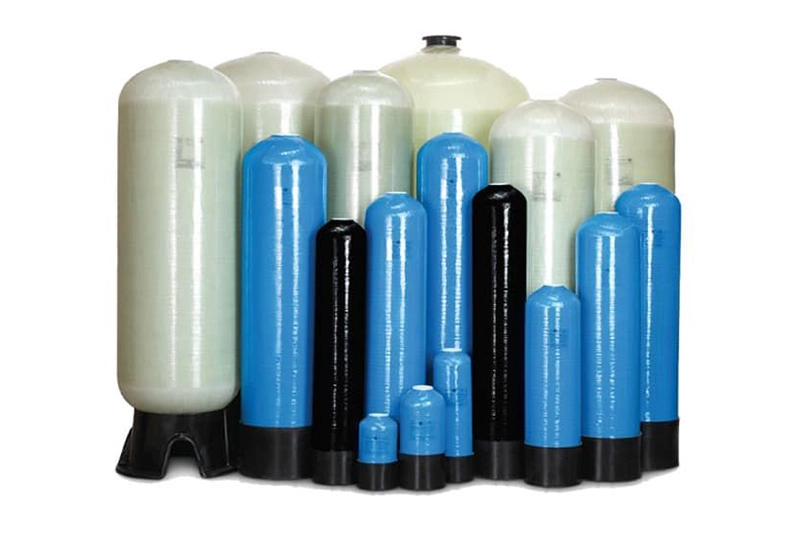
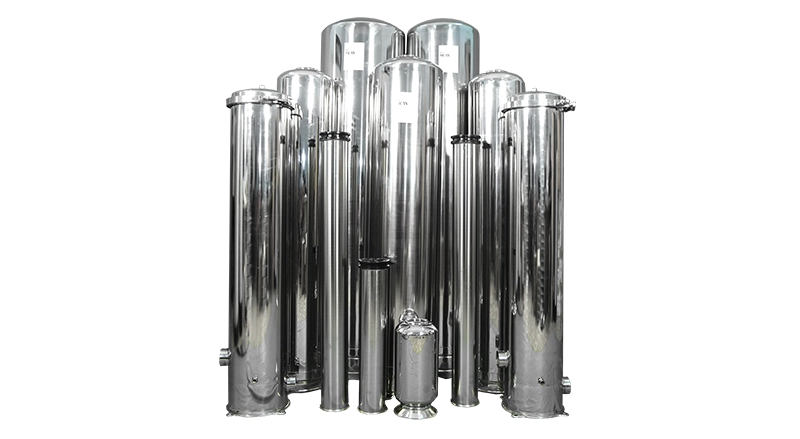




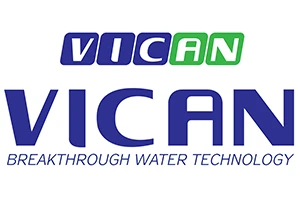
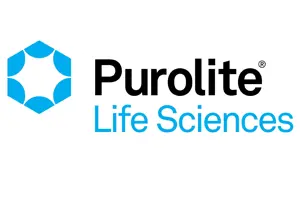





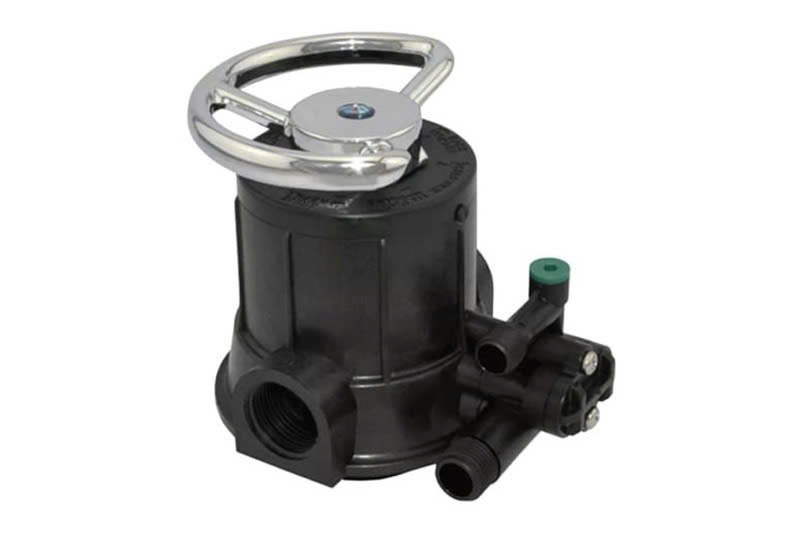
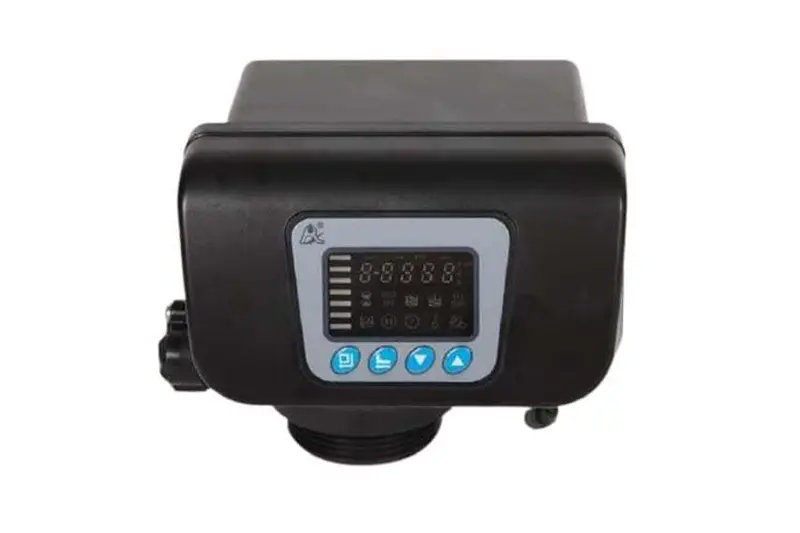



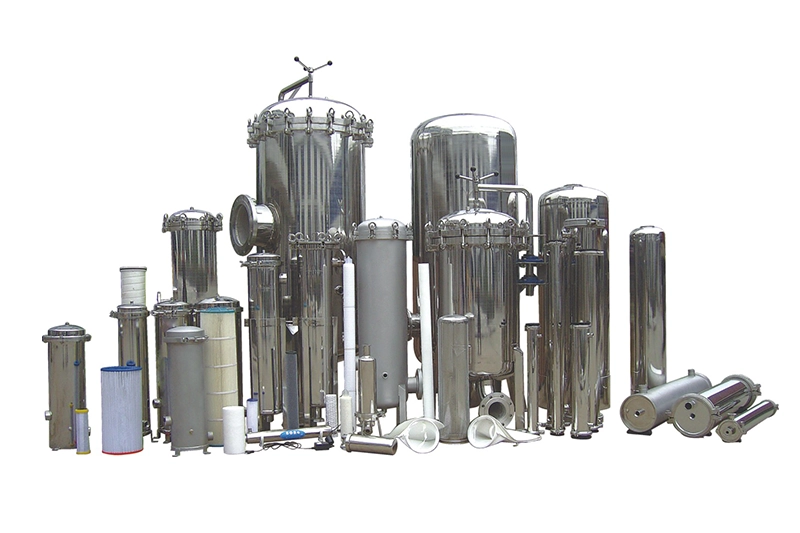
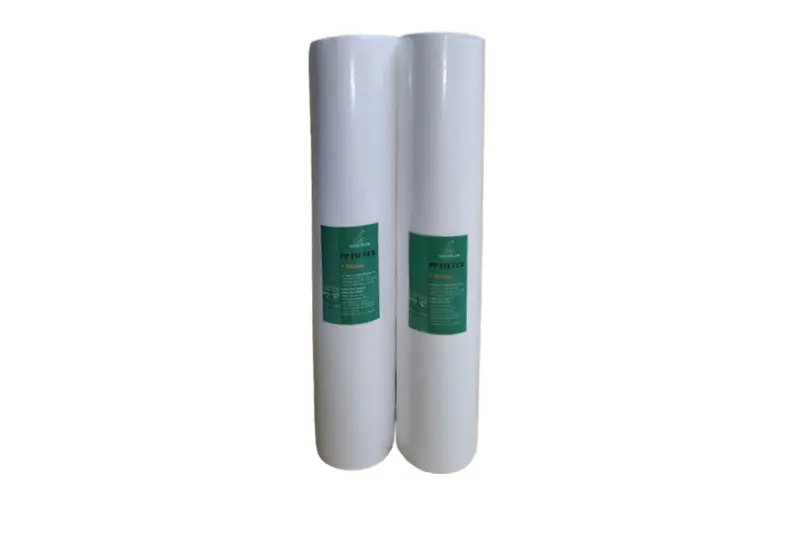
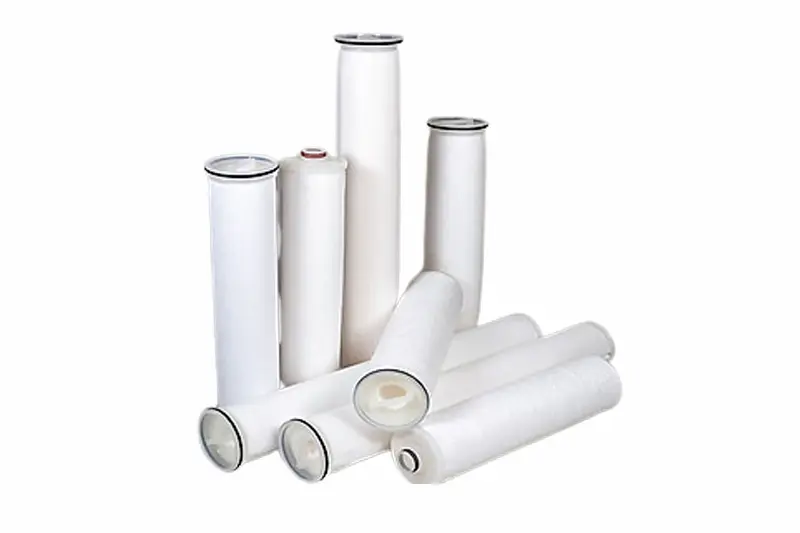


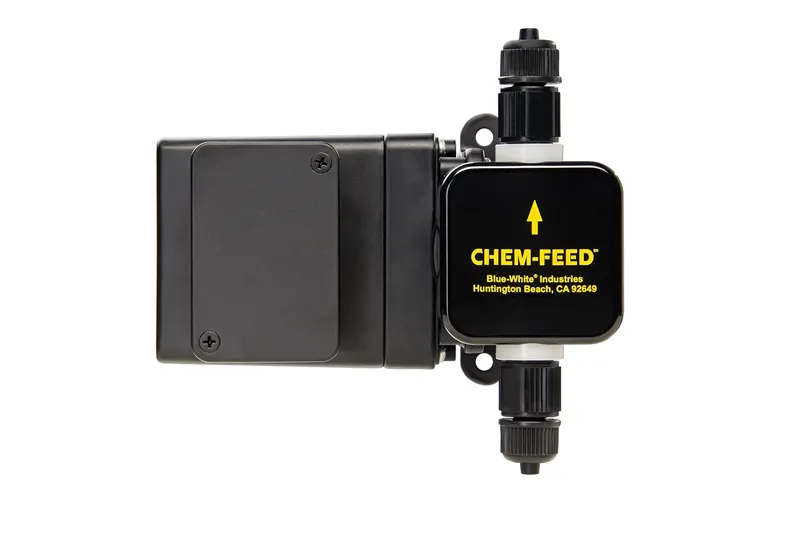
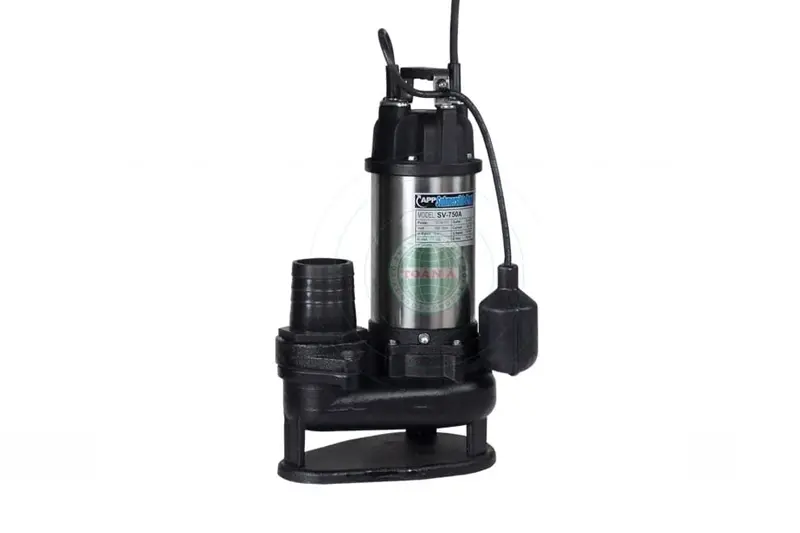
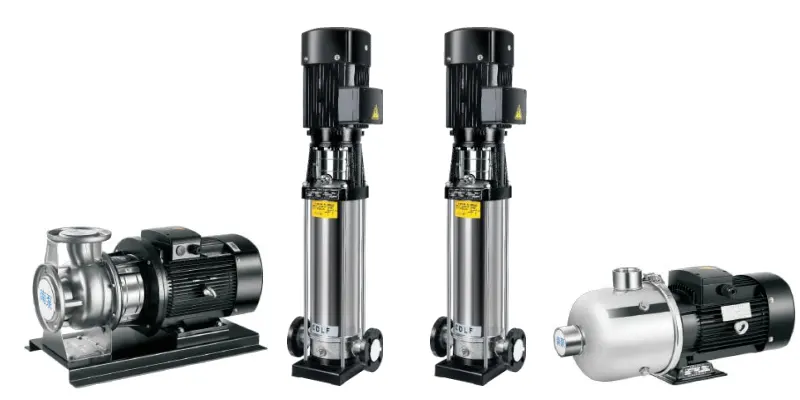


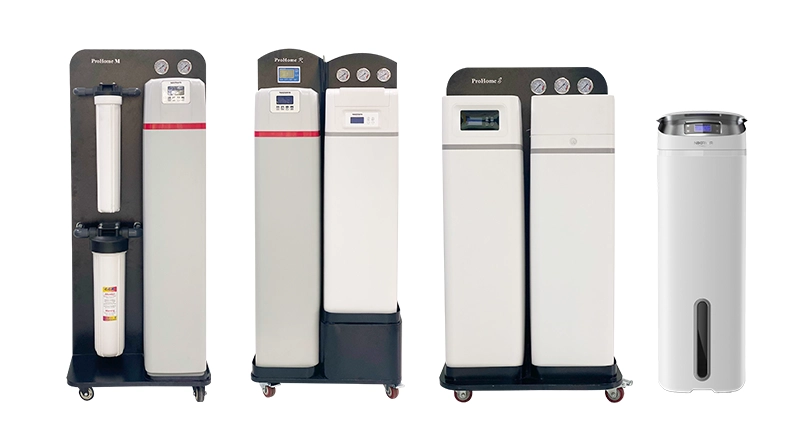
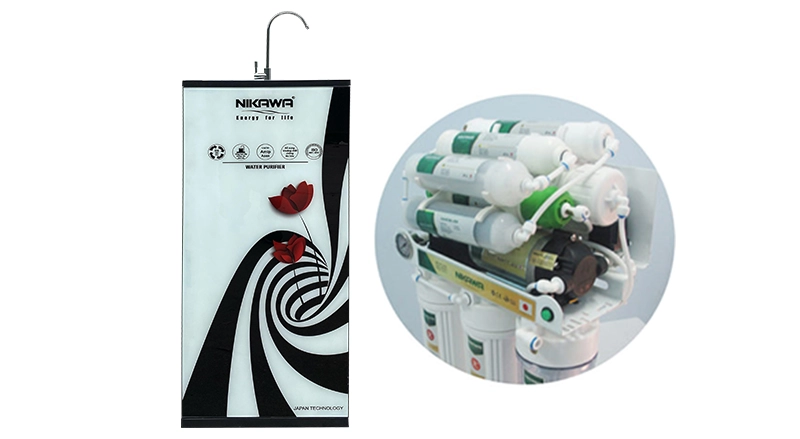
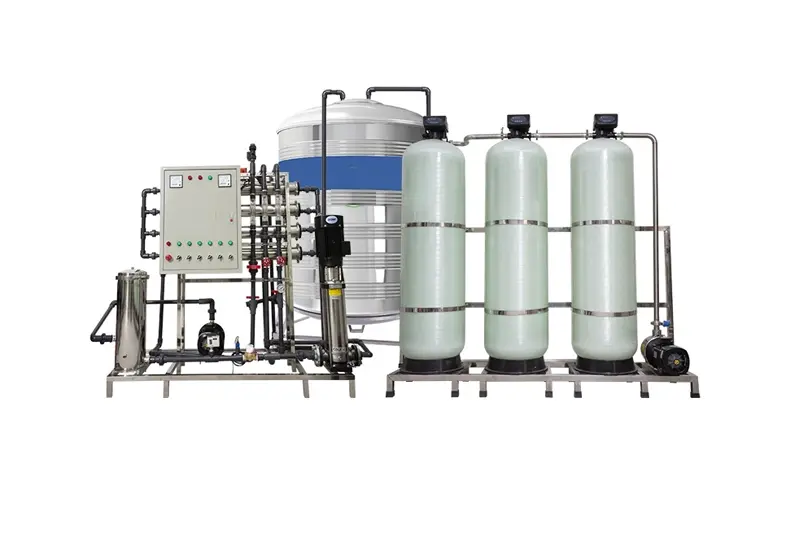
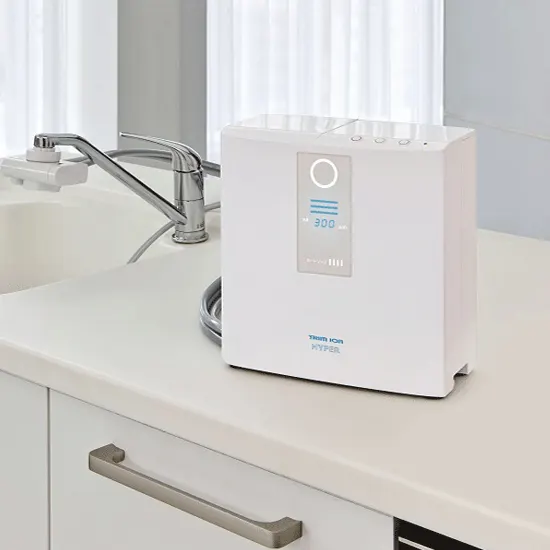
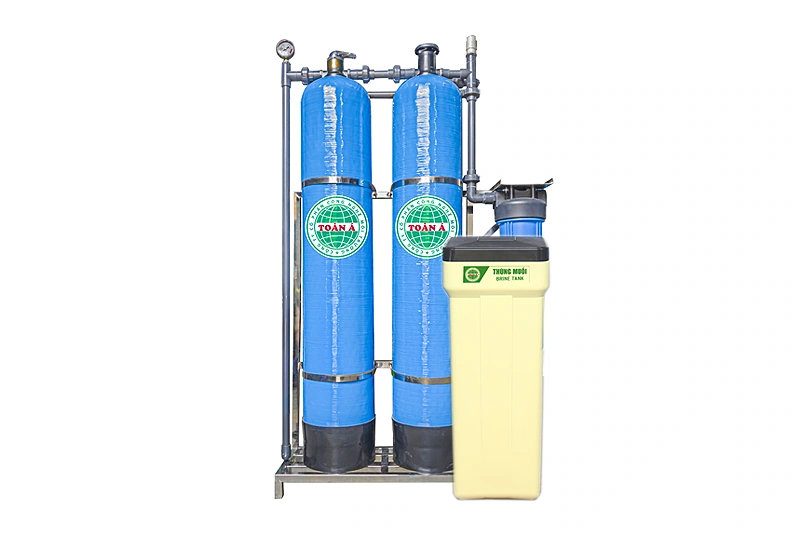


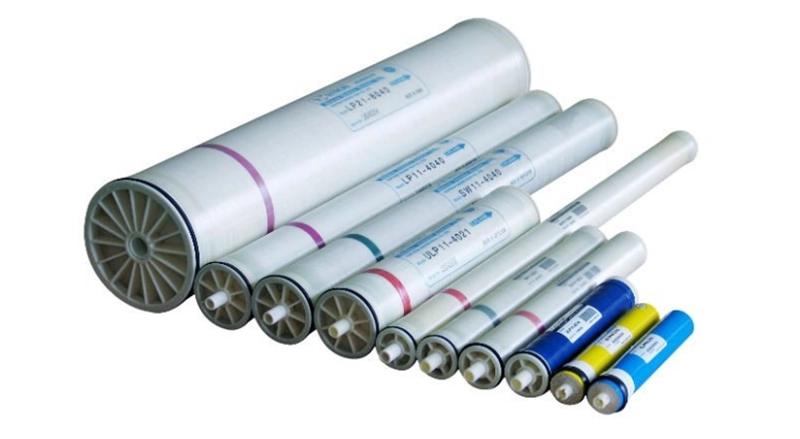
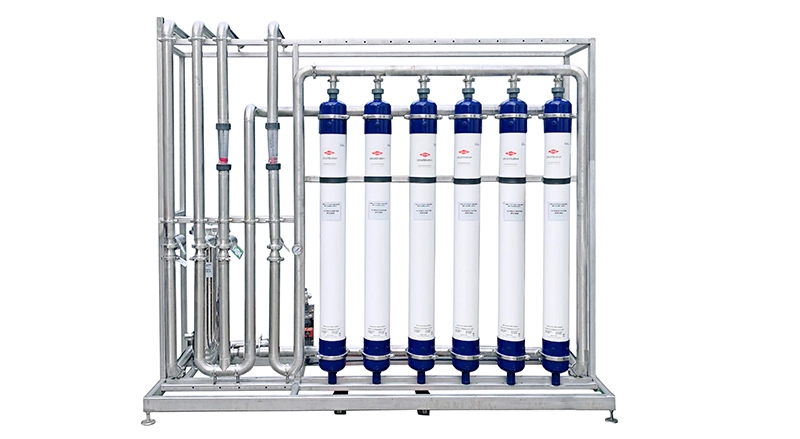


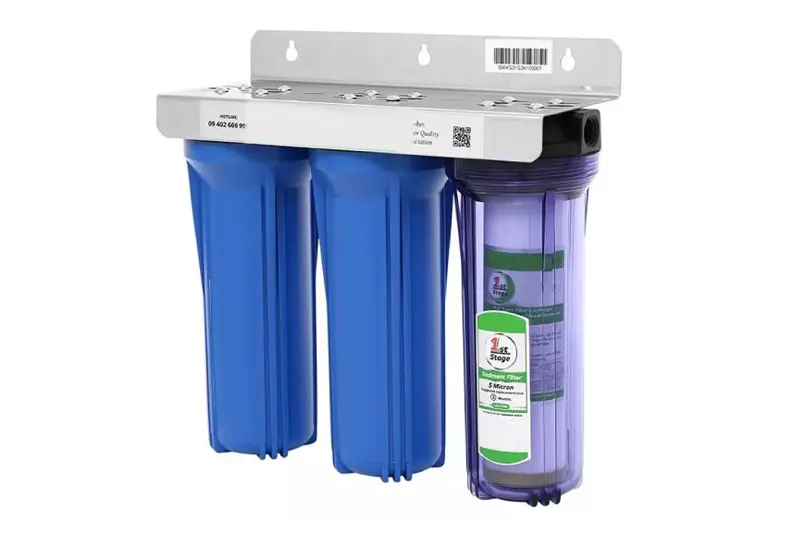
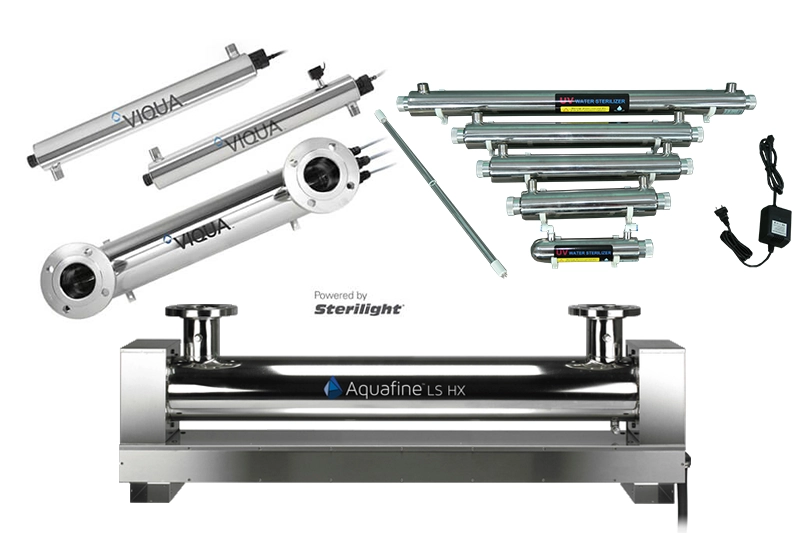
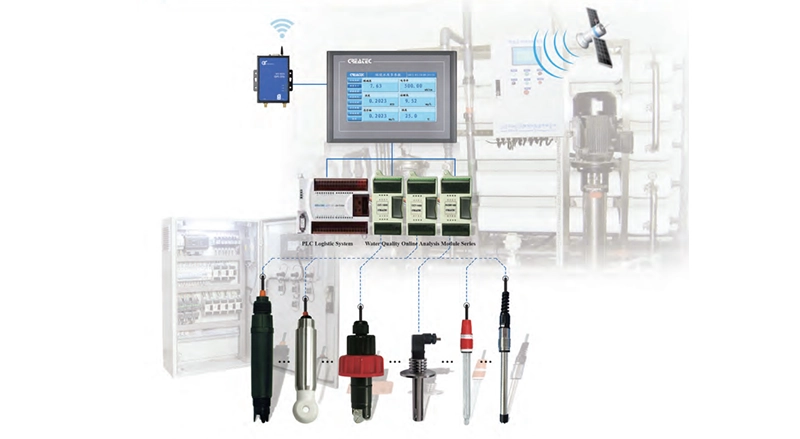
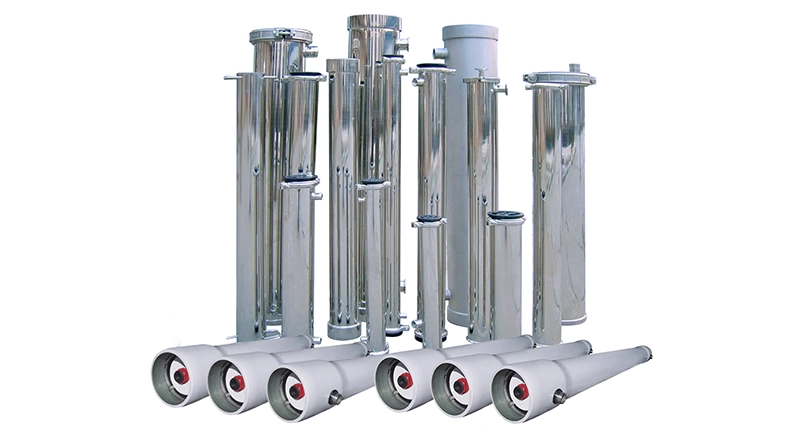
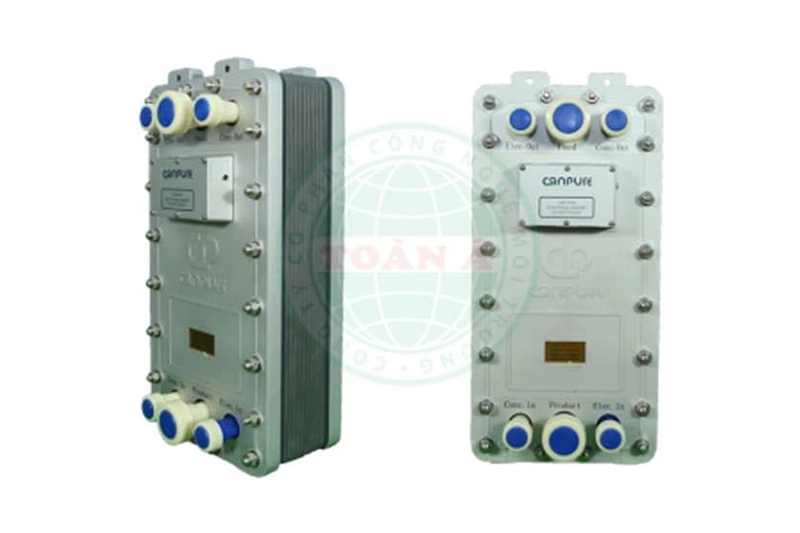
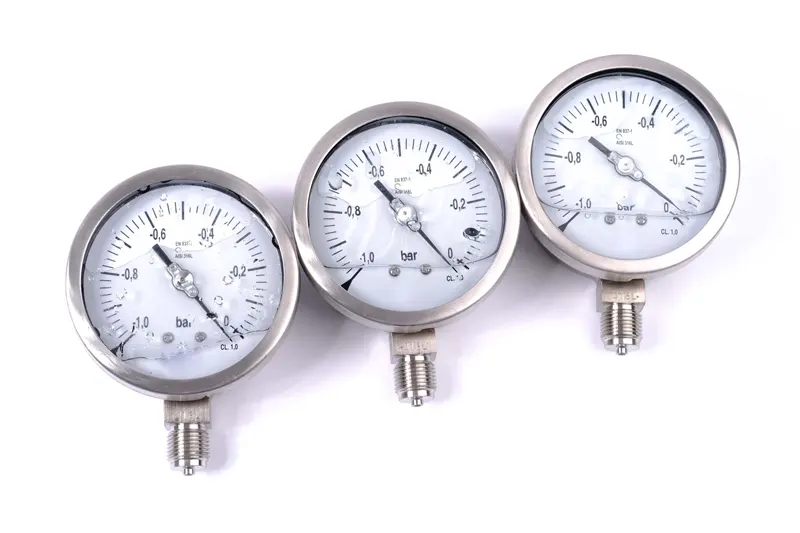
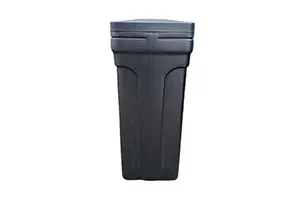


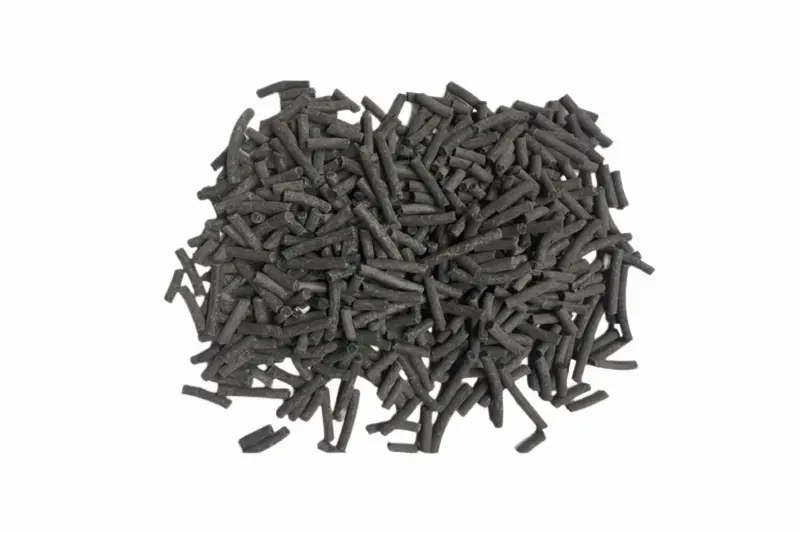
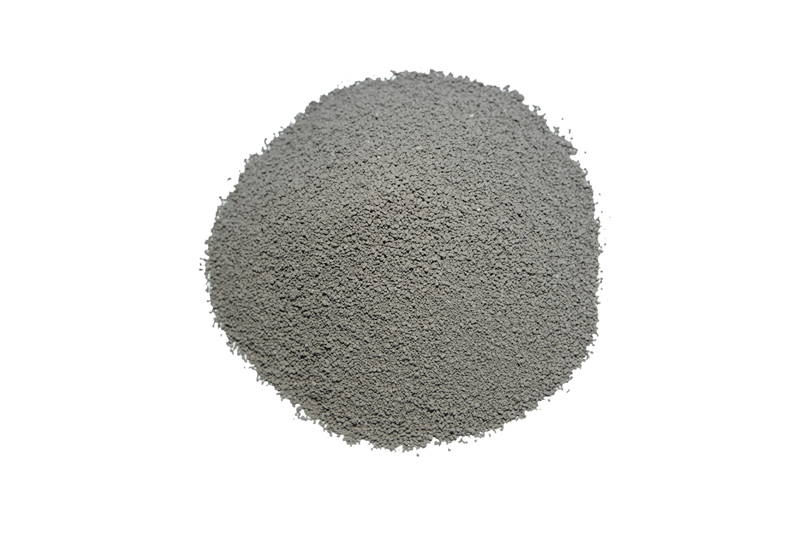
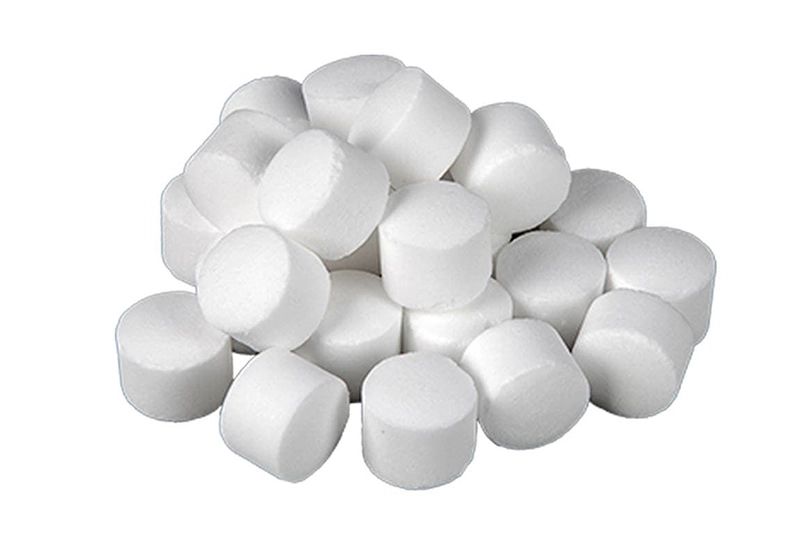
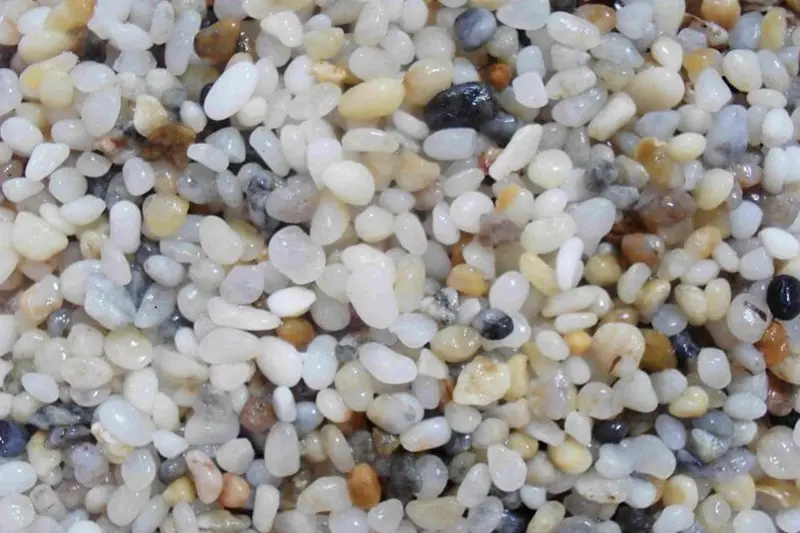
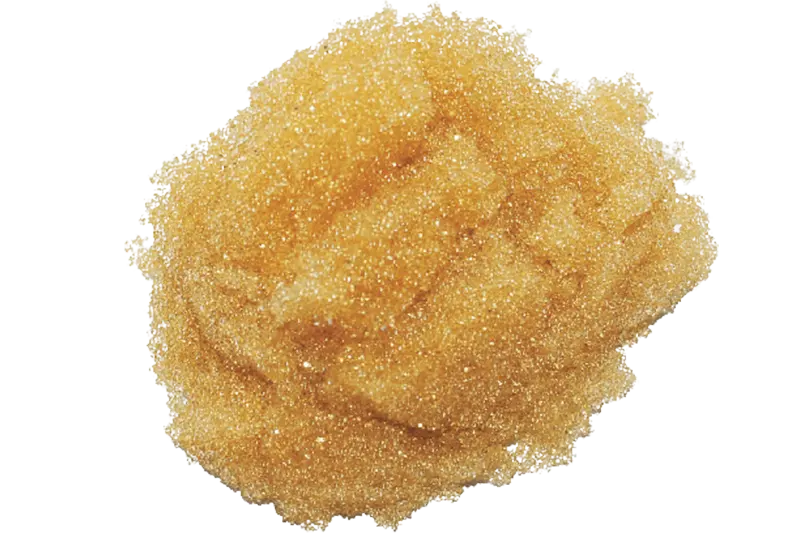







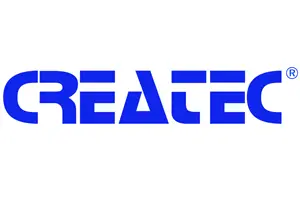
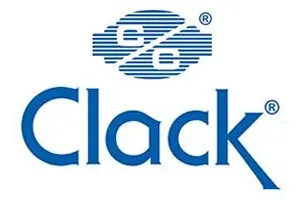


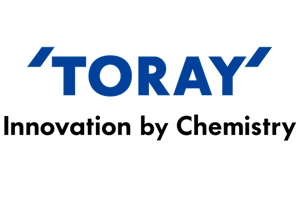

 Water Filter Columns
Water Filter Columns
 Water Filtration Membranes
Water Filtration Membranes
 Control Valves
Control Valves
 Water Filter Cartridges
Water Filter Cartridges
 Water Pumps
Water Pumps
 Water Filtration Equipment
Water Filtration Equipment
 Water Filtration Components
Water Filtration Components
 Water Filtration Materials
Water Filtration Materials
 Heat Pump Water Heaters
Heat Pump Water Heaters

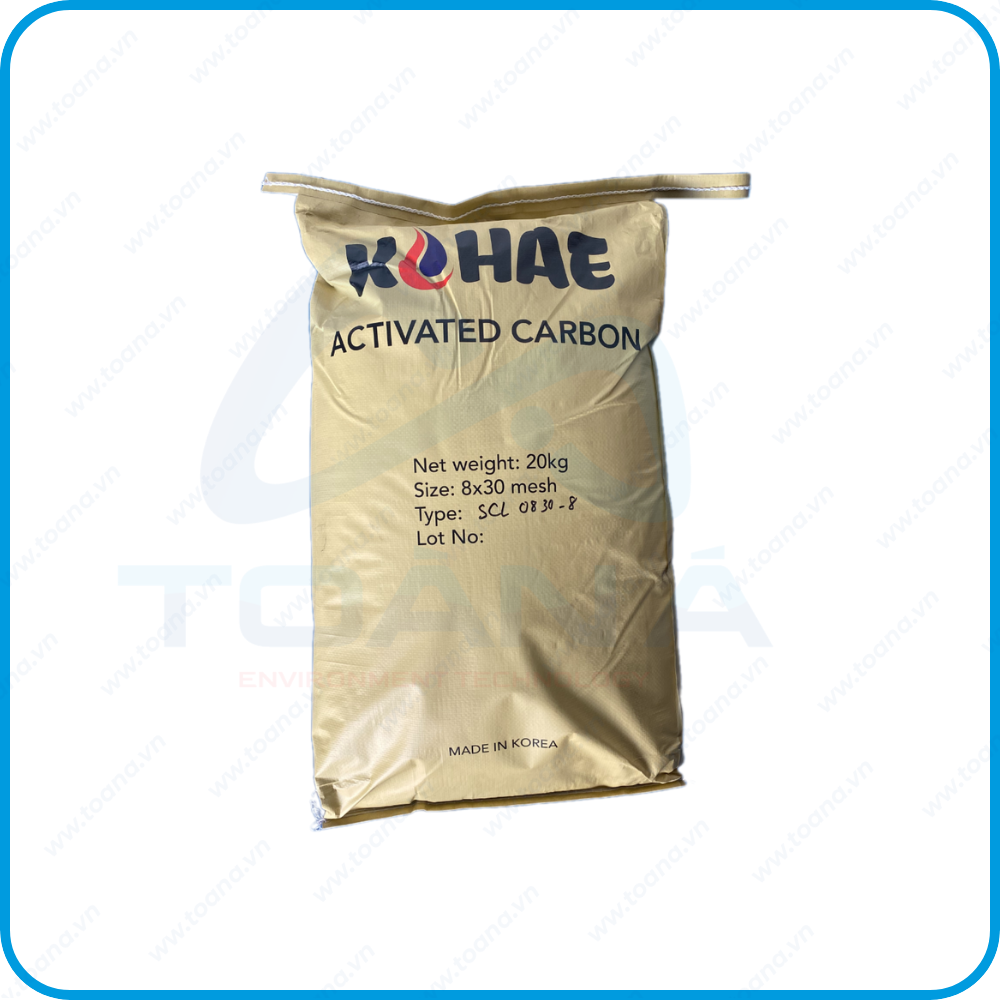





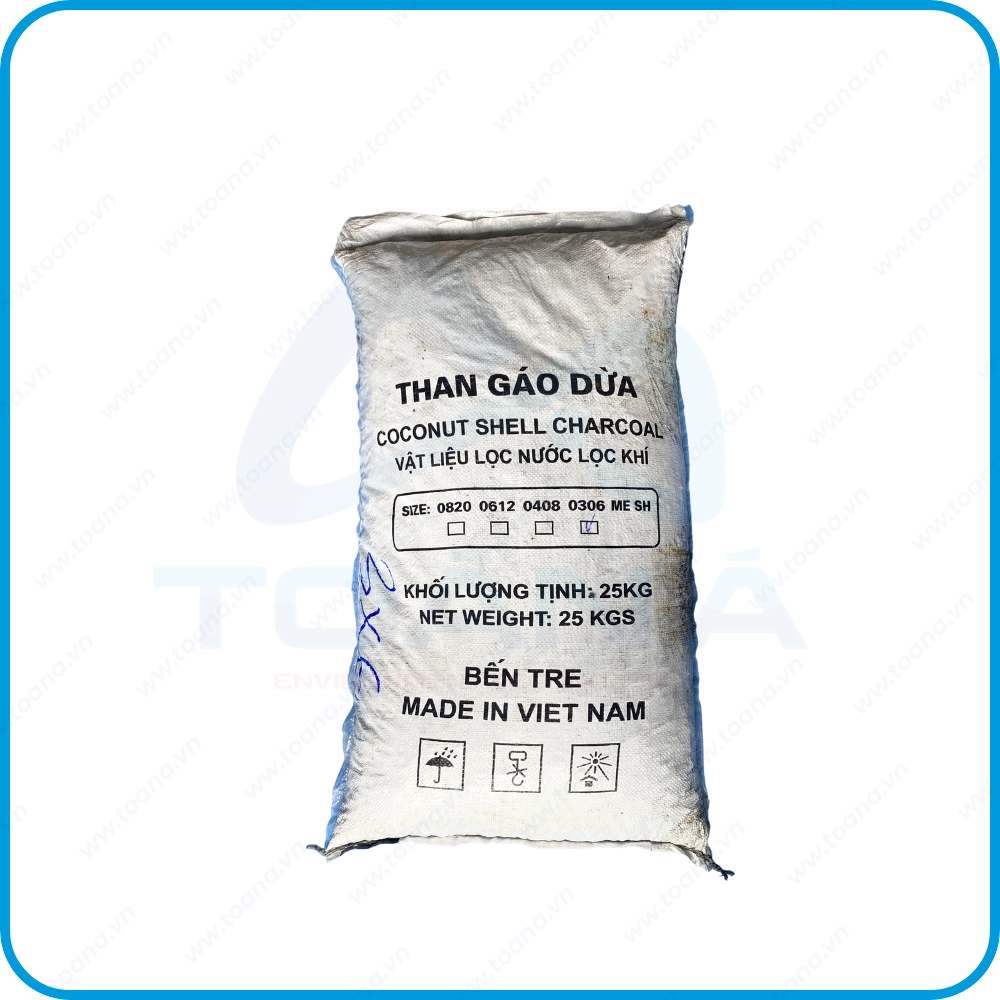

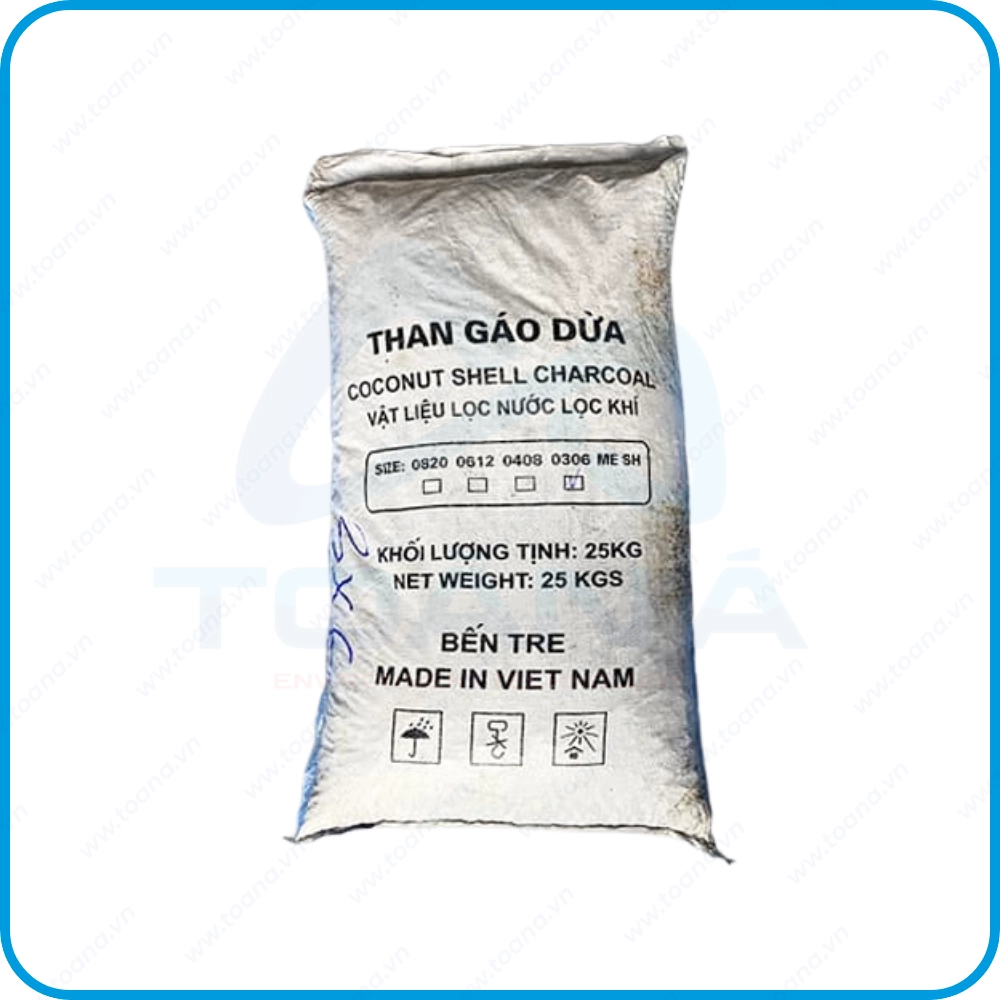
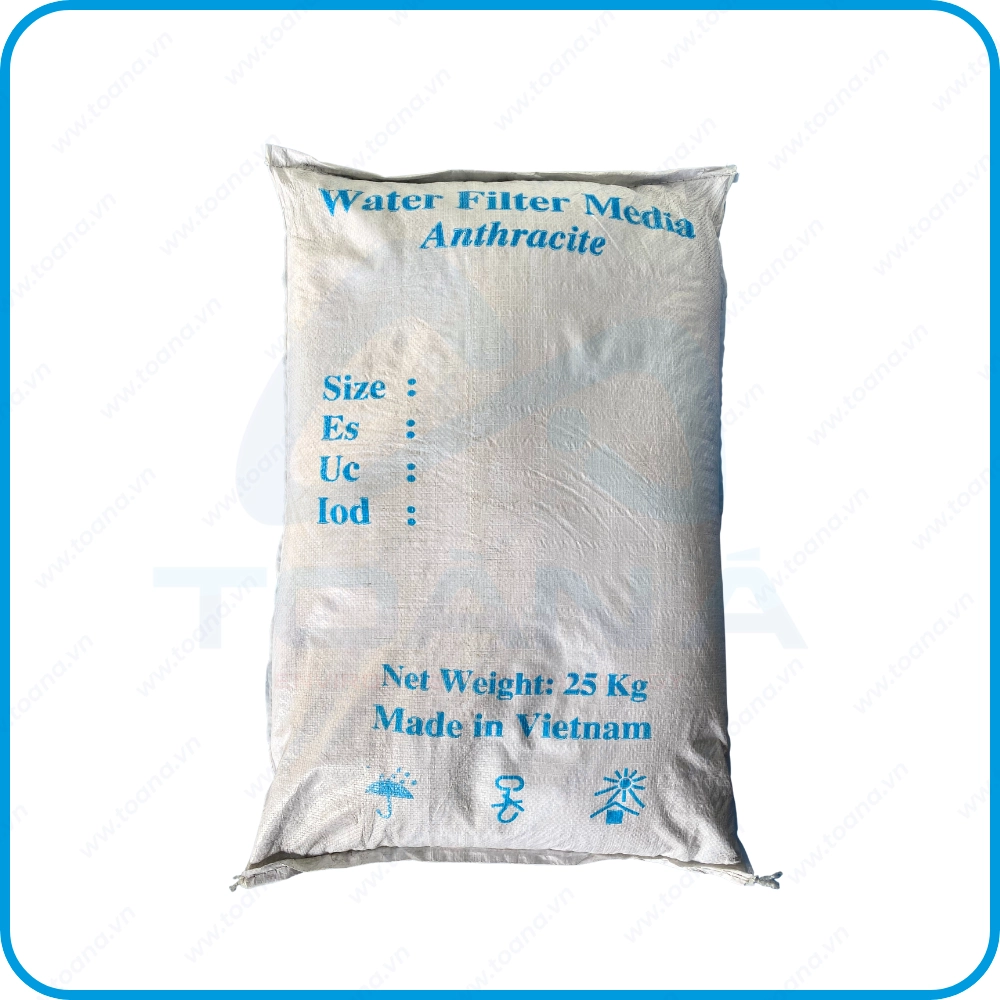
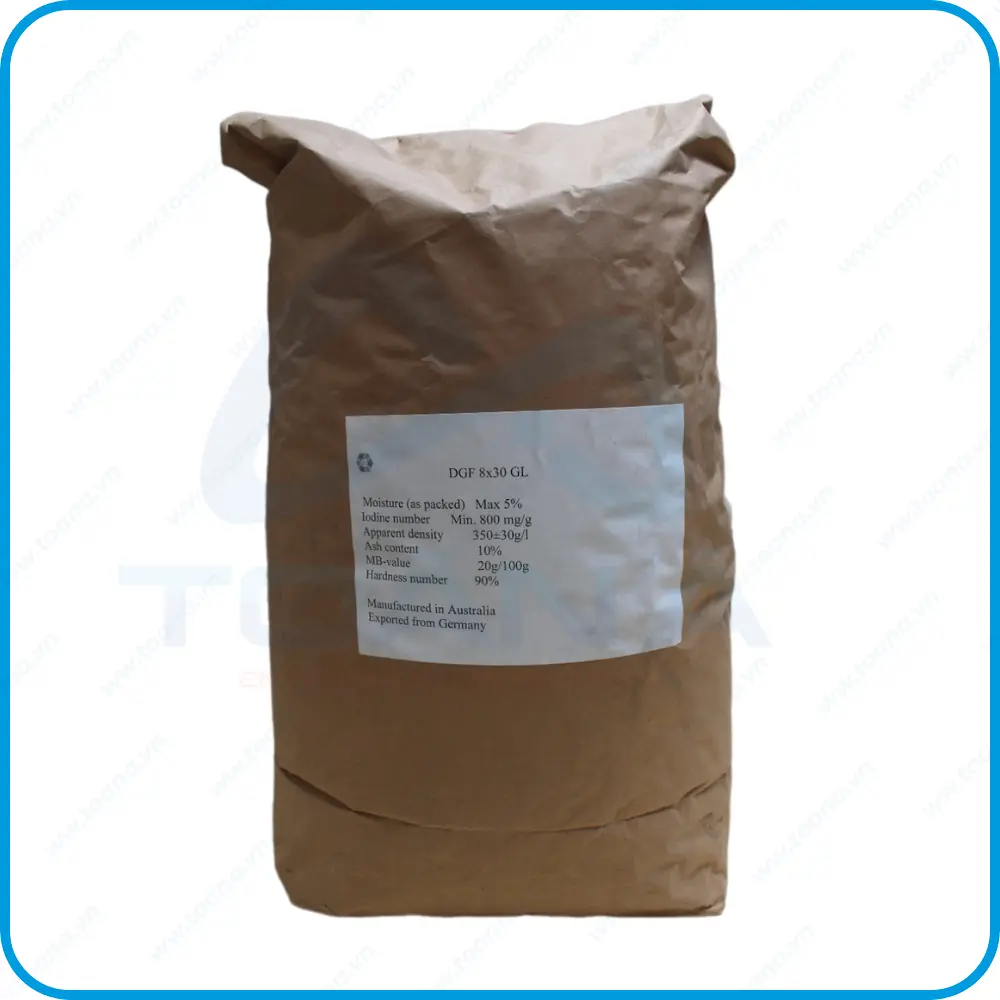
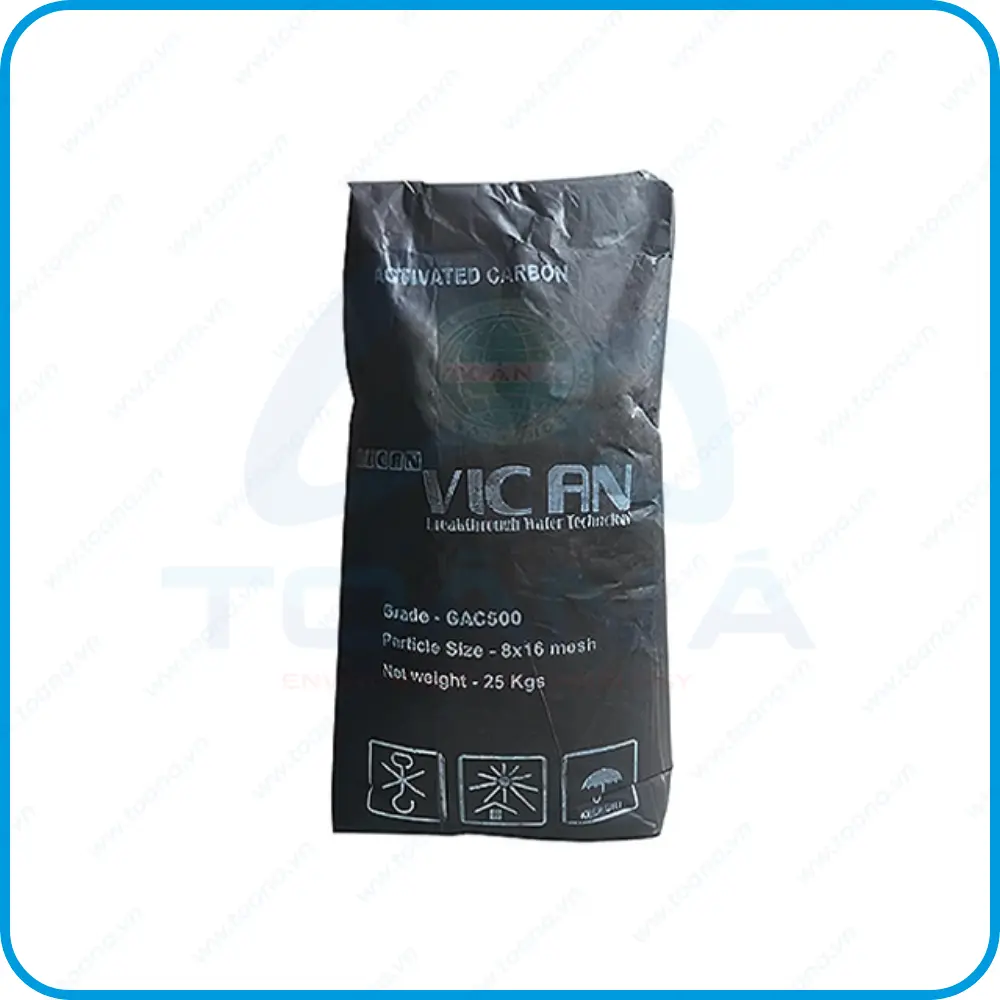
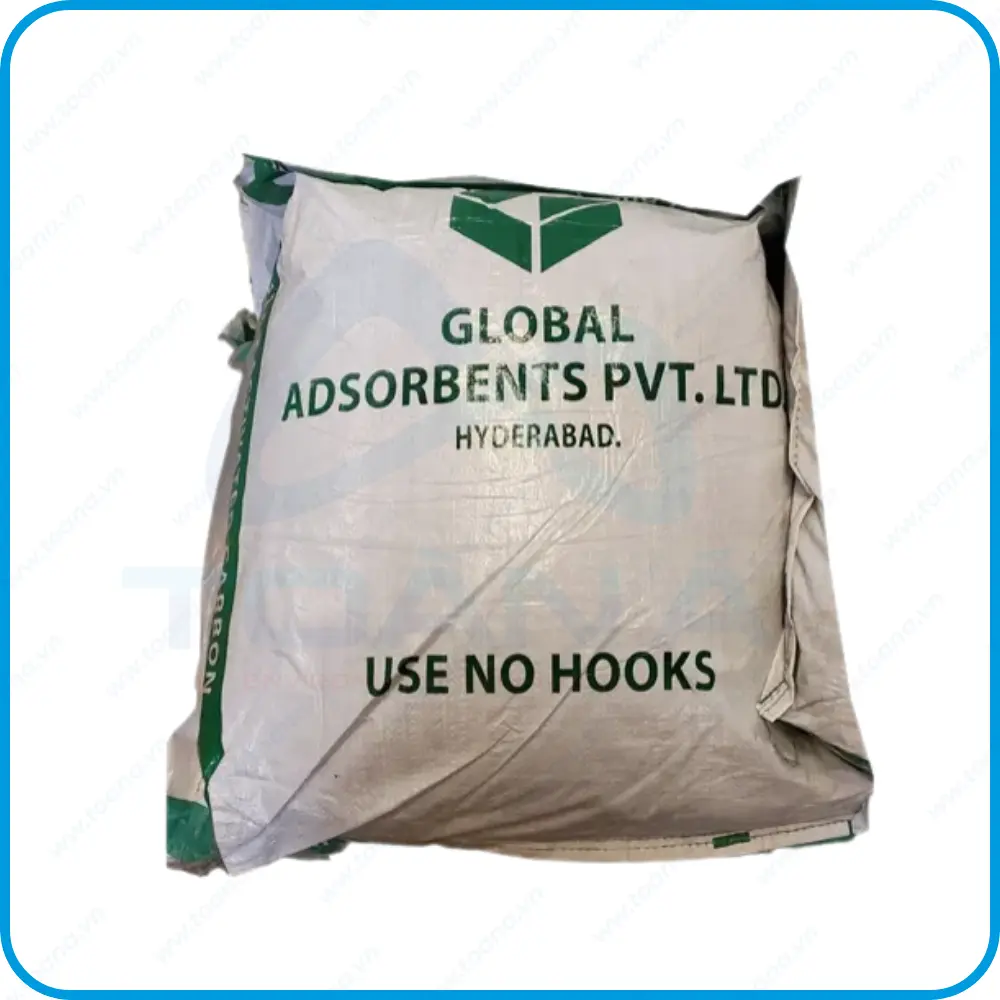
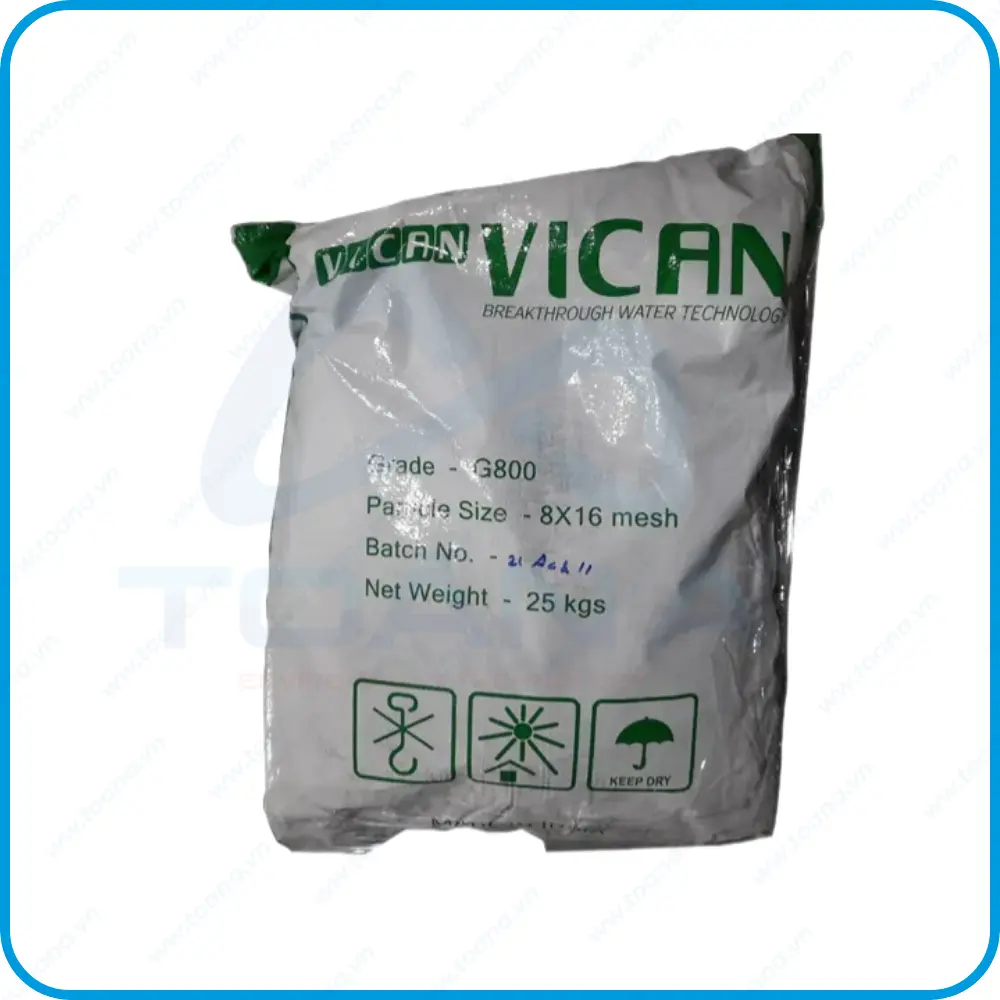




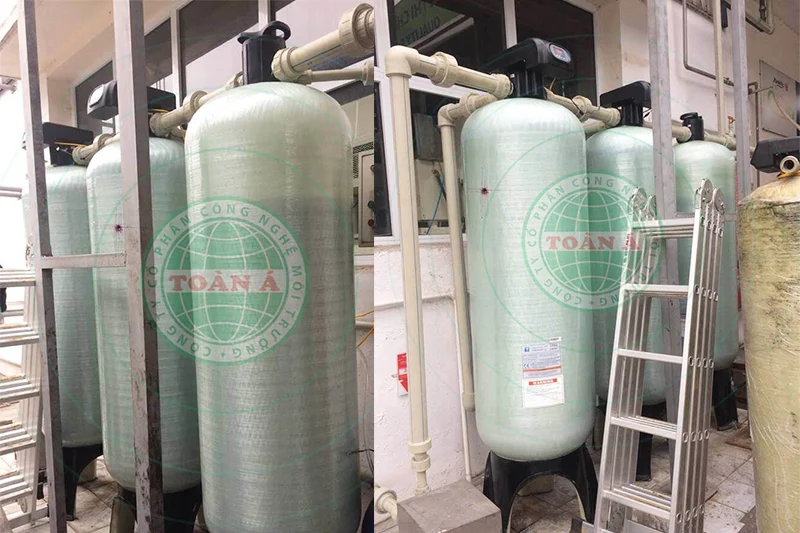
 Products
Products  Solutions
Solutions  Project
Project  News
News